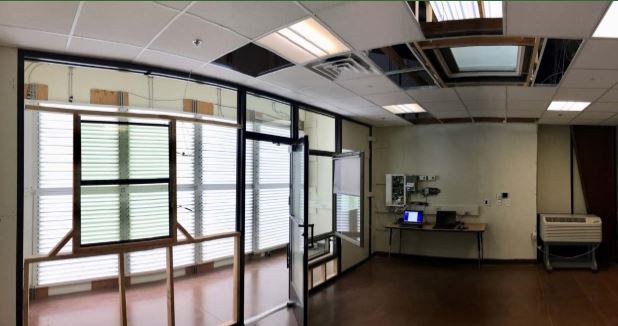Project Info
COMPLETE
 Project Title
Project Title
 Project Title
Project Title
Advanced Daylighting
Project Number ET14SCE1120 Organization SCE End-use Lighting Sector Industrial Project Year(s) 2016 - 2017Description
This project will evaluate the ability of smart electric lighting, lighting controls, electrochromic windows, and shading systems to communicate and coordinate their operation using a single building management system (BMS) or other software platform. This will allow building owners and operators to more effectively deploy these technologies in commercial buildings. Sharing and considering data from multiple device types will improve overall system reliability and operation.
Project Report Document
Loading PDF Preview...
